The Periscope Project: Revolutionary Shipping Container Art Gallery in San Diego Redefines Urban Creative Spaces. In the vibrant East Village district of San Diego, an innovative cargotecture community project has transformed a narrow urban lot into a thriving creative hub. The Periscope Project, completed in 2011 by ENS_Projects, represents a pioneering approach to modular shipping container building design. This multidisciplinary cooperative space provides essential amenities for artists, designers, students, and activists. Furthermore, it demonstrates how shipping container art spaces can create sustainable, accessible environments for creative collaboration.
Origins and Vision: Reimagining Urban Creative Spaces
Originally conceived by Petar Perisic in 2006, The Periscope Project emerged from a vision to challenge traditional urban development models. The initiative aimed to visualize alternative land-use strategies within San Diego’s dense urban fabric. Moreover, it sought to establish a productive counterpoint to conventional—and often financially prohibitive—development approaches. The project now operates with its first cooperative in place, maintained by tenants who also develop curatorial, educational, and outreach programming.
This shipping container art gallery in San Diego embodies a fundamental commitment to trans-disciplinary integration. It seamlessly unites architecture, art, and regional urban issues within a cohesive framework. This approach reflects a growing movement toward adaptive reuse of industrial materials. Consequently, it offers valuable insights for future community art spaces made from containers across diverse urban environments.
Architectural Innovation Through Modular Design
The structural composition of The Periscope Project showcases the versatility of container architecture. Five intermodal shipping containers form the core building blocks of this modular shipping container building. Three containers measuring 8′ by 9′ by 45′ function as communal studio workspace. Meanwhile, two additional containers serve as gallery, workshop, and project spaces. This configuration creates a rotating cooperative environment for young creatives.
The architects employed a strategic linear arrangement of containers on the 25′ by 100′ lot. This positioning defines a central outdoor courtyard and second-level deck. As a result, the design creates valuable auxiliary event spaces that extend the functional footprint of the building. These exposed areas integrate seamlessly with the internal volumes. Additionally, they allow natural light and ventilation to permeate throughout the structure. This thoughtful approach to indoor-outdoor connectivity enhances the user experience while reducing energy demands.
Environmental Considerations in Urban Container Architecture
The Periscope Project exemplifies how shipping container repurposing contributes to sustainable urban development. By utilizing existing industrial materials, the project significantly reduced construction waste and resource consumption. The modular nature of the containers also minimized site disruption during construction. Furthermore, it allows for potential future reconfiguration or relocation if needed.
The design actively responds to San Diego’s mild coastal climate. The permeable building envelope takes advantage of natural ventilation patterns to reduce cooling requirements. Outdoor spaces are positioned to capture optimal daylight while providing necessary shade. These passive design strategies decrease the building’s overall energy footprint. As a result, the project demonstrates how modular container studios for artists can combine environmental responsibility with functional excellence.
Social Impact and Community Engagement
Beyond its architectural merits, The Periscope Project functions as a powerful social catalyst within San Diego’s creative community. The facility creates much-needed affordable work spaces in an increasingly expensive urban environment. This accessibility supports emerging artists and designers who might otherwise struggle to find suitable workspace. Consequently, the project helps preserve creative diversity within the East Village neighborhood.
The cooperative operational model further strengthens community connections. Tenants share responsibility for maintaining the space and developing programming. This collaborative approach fosters cross-disciplinary exchange and mutual support. Public events and exhibitions invite broader community participation. Thus, the shipping container art gallery in San Diego serves not only its immediate users but also enriches the surrounding urban fabric.
The implementation of The Periscope Project required careful navigation of regulatory challenges. Container architecture often faces unique permitting hurdles compared to conventional construction. The project team worked closely with local authorities to address building code compliance while maintaining design integrity. This process established valuable precedents for future community art spaces made from containers in similar urban contexts.
The project’s location in San Diego’s East Village—described by the creators as an “east-east village smudge space”—positions it at the intersection of complex urban forces. It exists within the tension between real estate development pressures and historical narratives of urban blight. By offering an alternative development model, the project challenges conventional gentrification patterns. Instead, it articulates and amplifies community needs while remaining economically viable.
The Future of Modular Container Spaces for Creative Communities
The Periscope Project demonstrates the enduring potential of shipping container architecture for creative and community-focused applications. Its success illustrates how modular container studios for artists can address multiple urban challenges simultaneously. These include affordable space provision, sustainable material use, and community empowerment. The project’s flexible design principles can be adapted to various contexts and user needs.
As cities worldwide face similar challenges of creative space shortages and sustainability concerns, The Periscope Project offers valuable lessons. Its integrated approach to cargotecture community projects provides a replicable model for urban interventions. Through thoughtful design and collaborative implementation, shipping container art spaces can continue to transform underutilized urban sites into vibrant centers of creative activity.
The Periscope Project stands as a testament to visionary urban thinking. It shows how repurposed industrial materials can create meaningful architectural interventions. Moreover, it demonstrates how modular shipping container buildings can support diverse creative communities. By challenging conventional development models, this shipping container art gallery in San Diego has created not just a physical structure, but a framework for reimagining the creative potential of our urban environments.
Courtesy Of: Architizer, Ens Projects
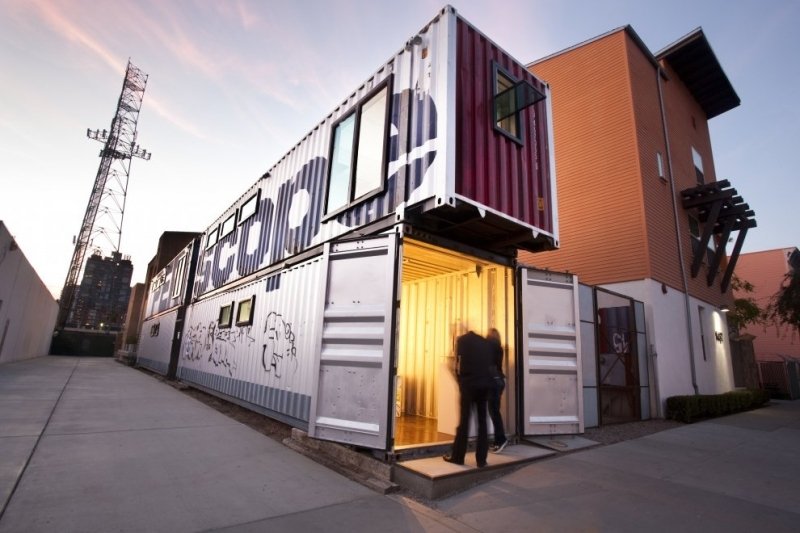

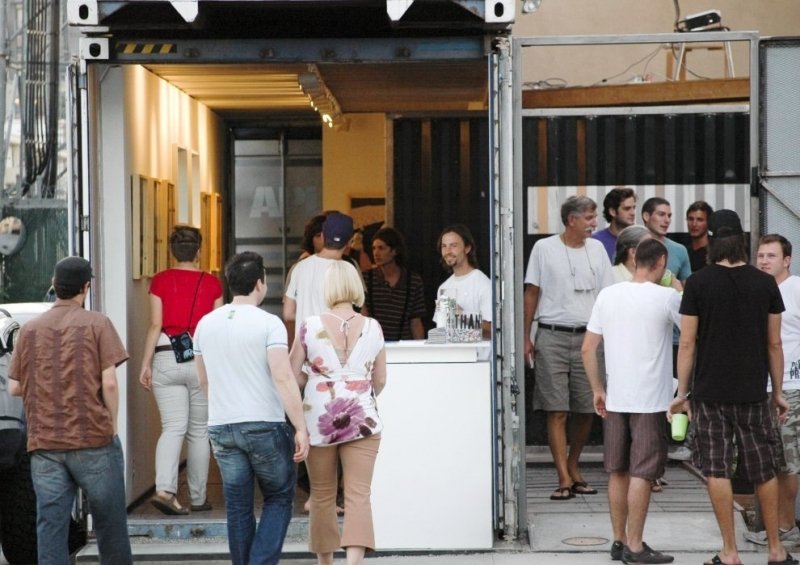

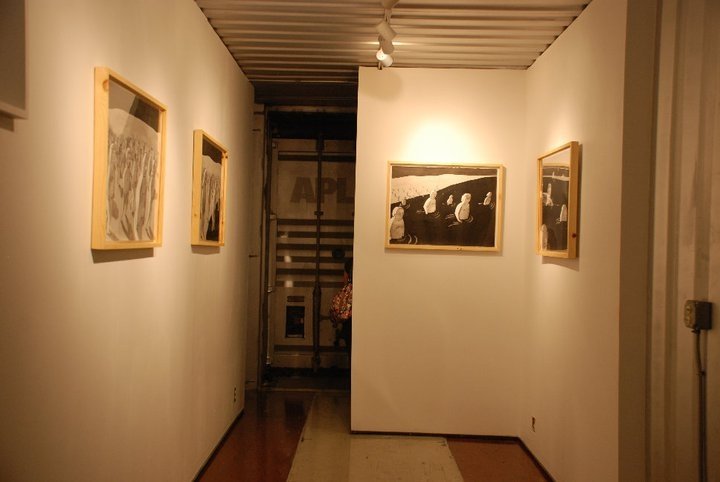
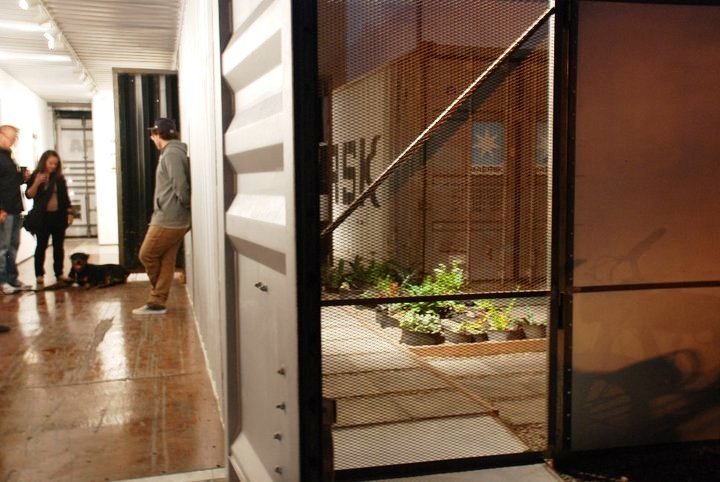
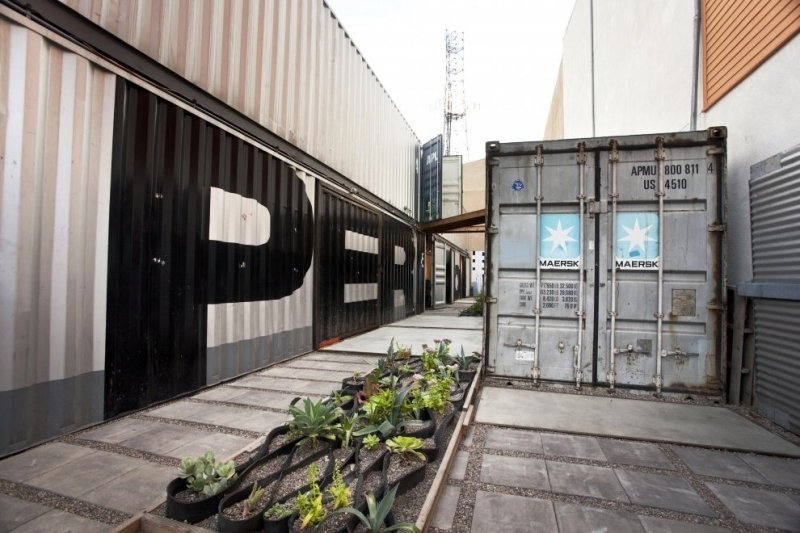

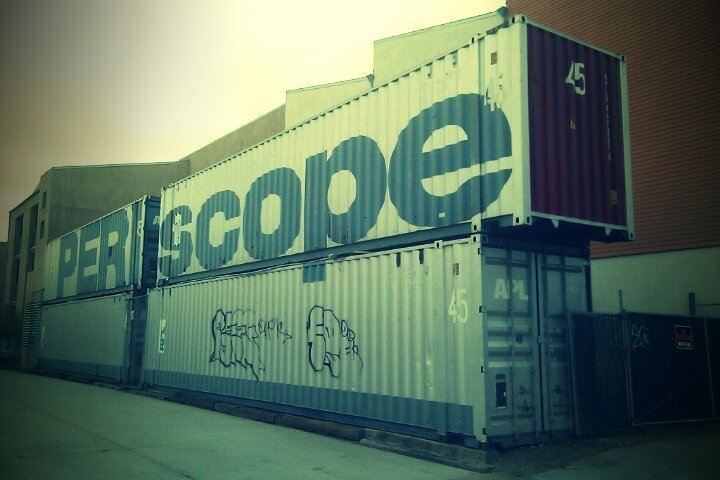
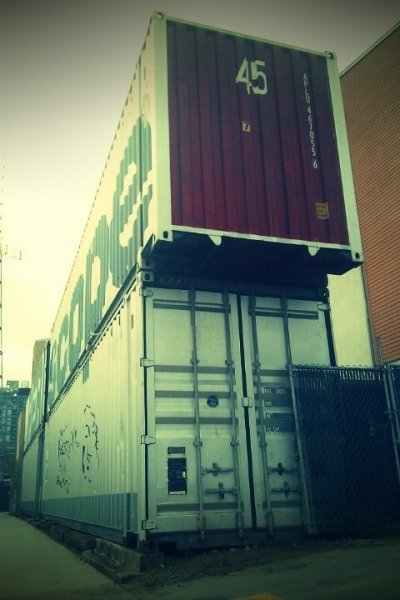
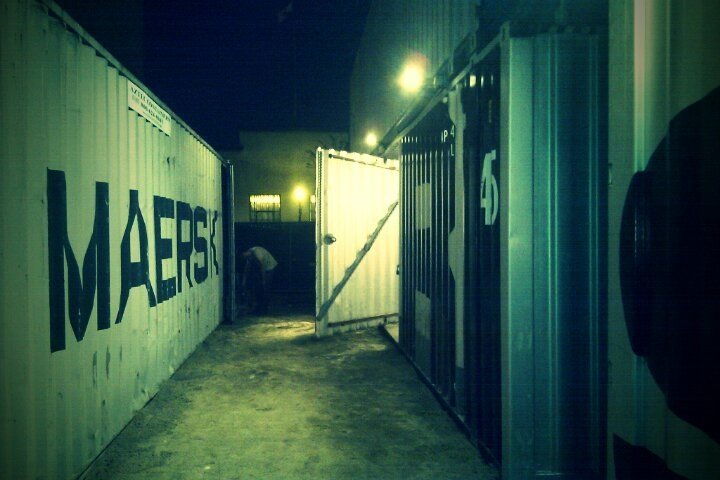
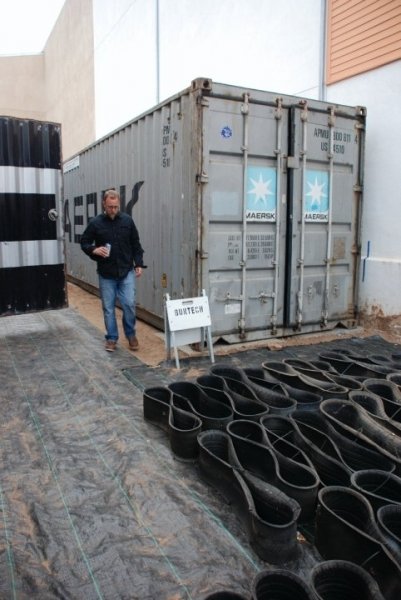
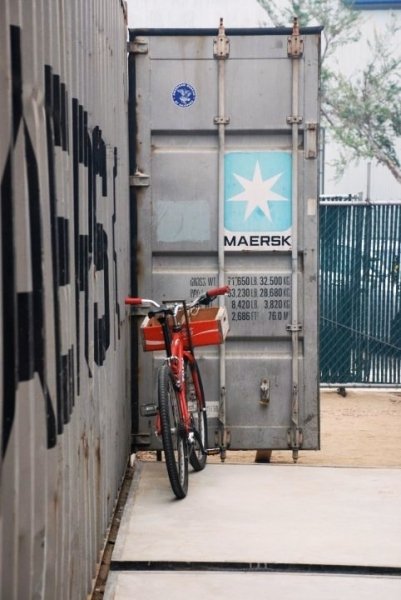
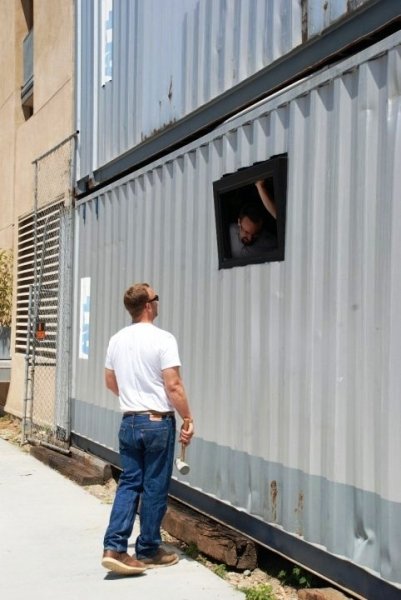
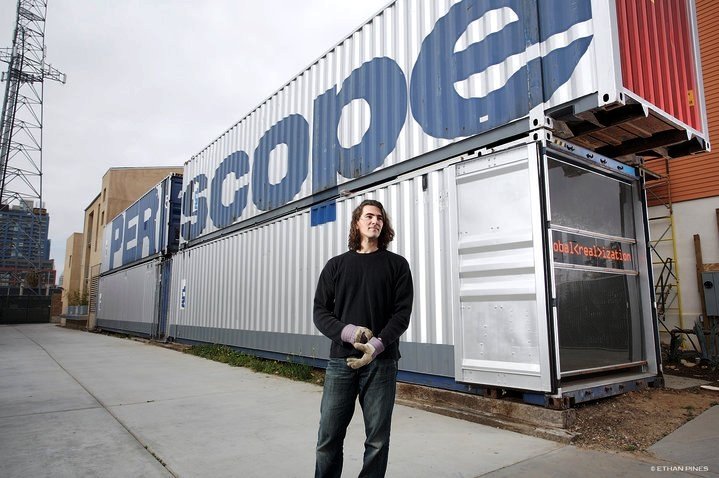
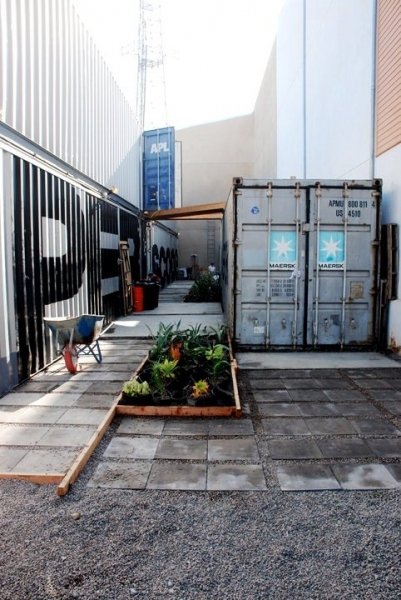
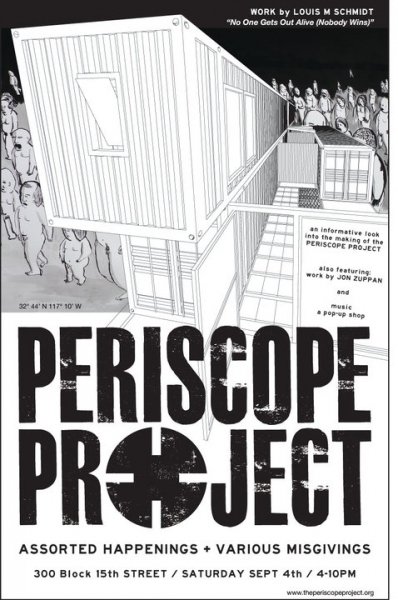
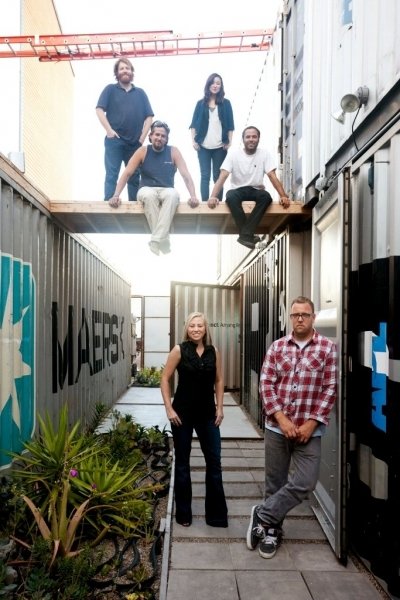
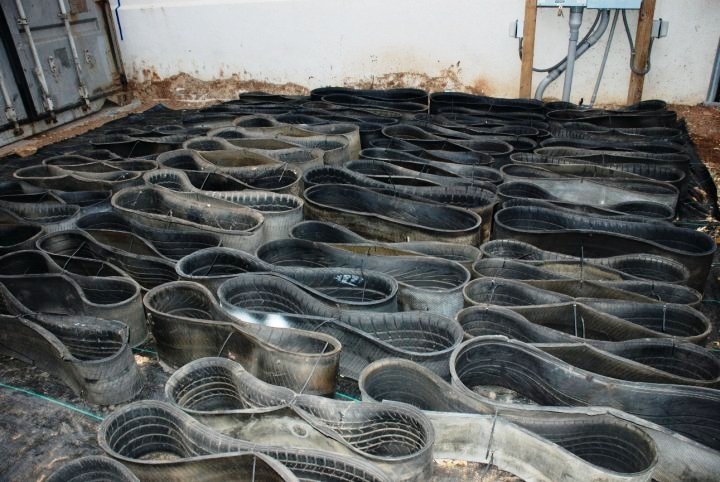
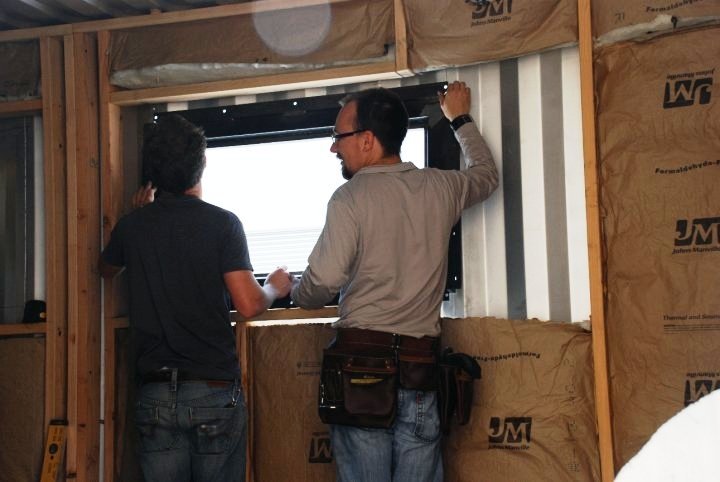
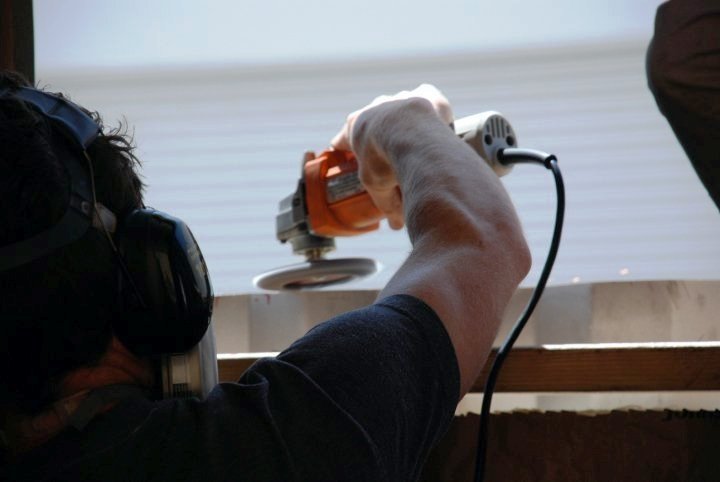
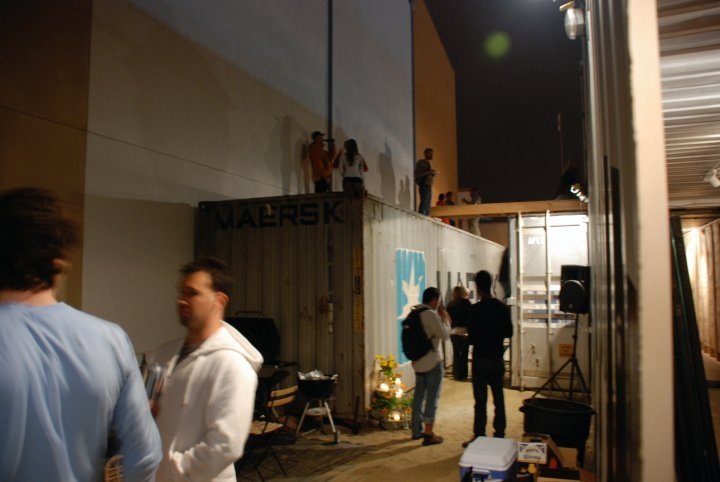
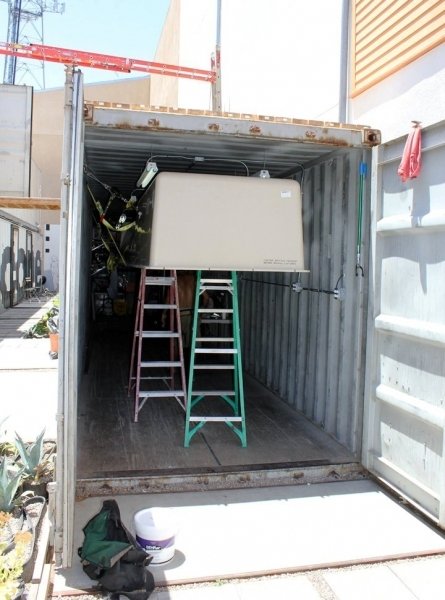
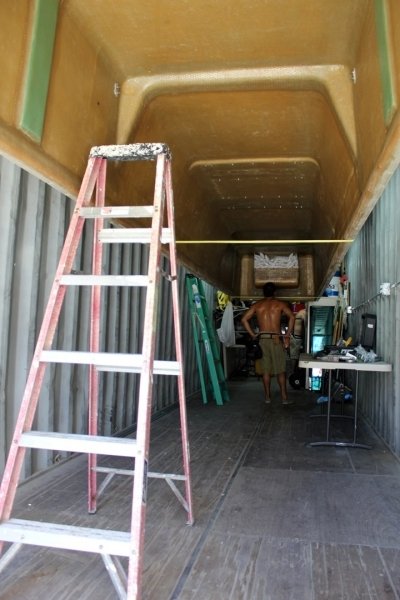
Join the conversation on sustainable living — comment by